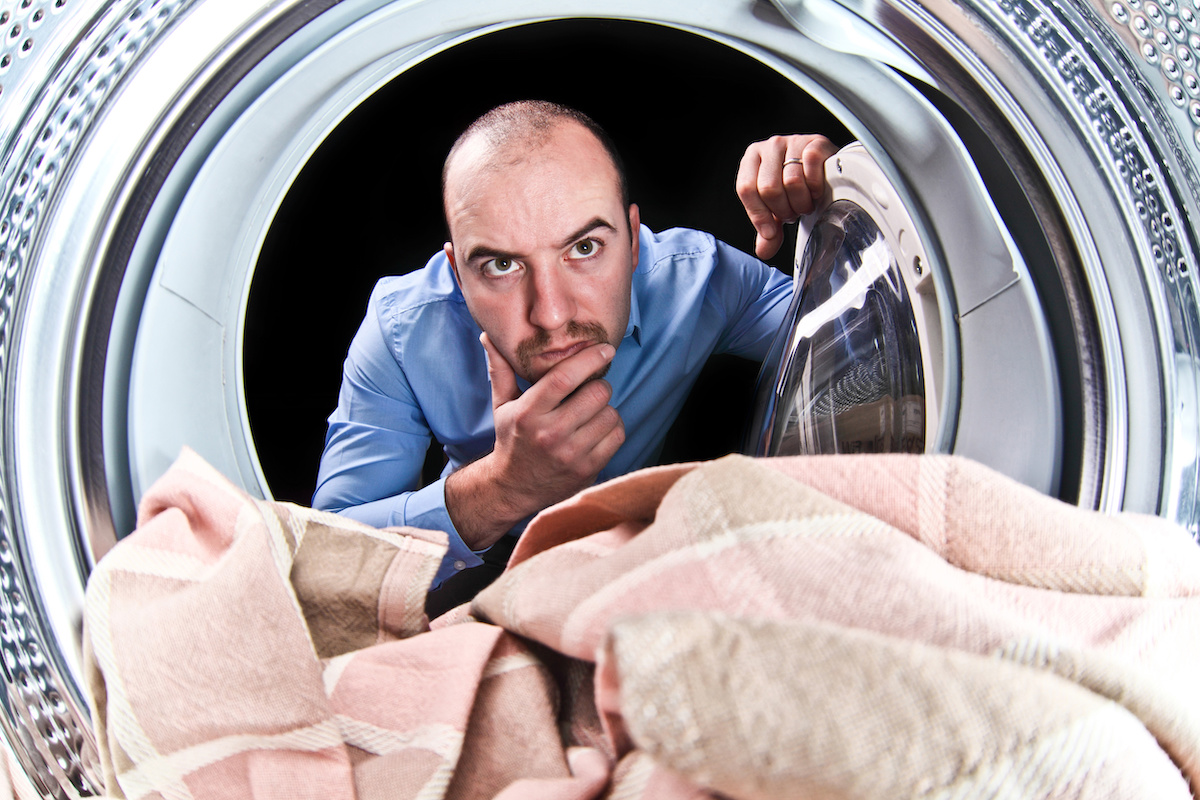

Articles
Why Does My Dryer Have Water In It
Modified: March 24, 2024
Discover the reasons why your dryer may have water in it and learn how to prevent this issue in our informative article.
(Many of the links in this article redirect to a specific reviewed product. Your purchase of these products through affiliate links helps to generate commission for Storables.com, at no extra cost. Learn more)
Overview
Discovering water in your dryer can be a perplexing and frustrating problem. After all, the purpose of a dryer is to remove moisture from clothes, not accumulate it. If you’ve noticed water pooling inside your dryer drum or collecting in the lint trap, you’re right to be concerned. In this article, we will explore the potential causes of water in your dryer and provide you with practical solutions to fix the issue.
There are several possible reasons why your dryer may be collecting water, ranging from simple maintenance issues to more complex underlying problems. Understanding these causes can help you troubleshoot and address the issue effectively.
Here are six common causes of water in a dryer:
Key Takeaways:
- Regularly cleaning the dryer vent and ensuring proper installation can prevent water accumulation. Managing humidity levels and avoiding overloading the dryer are key to maintaining efficient drying and preventing moisture-related issues.
- Addressing leaking water supply lines and reducing moisture in the area can help eliminate water infiltration in the dryer. Proper maintenance and proactive measures ensure optimal dryer performance and prevent water retention.
Read more: Why Does My Attic Have Condensation
Clogged Vent
A clogged vent is one of the main culprits behind moisture build-up in your dryer. When the vent is obstructed, hot, moist air from the dryer cannot escape properly, leading to condensation and water retention. This can occur due to a buildup of lint, debris, or even a bird’s nest. Regularly cleaning out the vent can help prevent this problem.
Improper Installation
If your dryer has been installed incorrectly, it can contribute to water accumulation inside the drum. Improper venting or a poorly sealed connection between the dryer and the vent pipe can cause air leakage, leading to condensation and water pooling. Ensuring a proper installation is essential to avoid this issue.
Condensation
In certain environments, especially ones with high humidity, condensation can occur inside the dryer drum. This happens when the warm air from the dryer comes into contact with the cooler drum, causing moisture to accumulate. While condensation is more likely to occur during colder months, it can happen at any time. Taking steps to reduce excess moisture in the air can help alleviate this problem.
Overloading the Dryer
Overloading the dryer with too many clothes can prevent proper air circulation and hinder the drying process. The clothes may release more moisture than the dryer can efficiently handle, resulting in water collecting inside the machine. Avoid overloading to prevent this issue and ensure effective drying.
Read more: Why Does My Freezer Have Frost
High Humidity in the Area
If the area where your dryer is located has consistently high humidity levels, it can contribute to the presence of water in the machine. This can be common in basements or laundry rooms without proper ventilation. Using a dehumidifier or improving the ventilation in the area can help mitigate this problem.
Leaking Water Supply Line
In rare cases, the water in your dryer may not be coming from the drying process itself but instead from a leaking water supply line. If the dryer is located near a plumbing fixture or water source, it’s essential to check for any leaks or faulty connections that could be causing the water infiltration.
Now that we’ve explored the possible causes of water in your dryer, let’s dive into the solutions to fix this issue.
Causes of Water in Dryer
When you find water in your dryer, it is crucial to identify the underlying causes to effectively address the issue. Here are the most common reasons why water may be accumulating in your dryer:
Key Takeaways:
- Regularly cleaning the dryer vent and ensuring proper installation can prevent water accumulation. Managing humidity levels and avoiding overloading the dryer are key to maintaining efficient drying and preventing moisture-related issues.
- Addressing leaking water supply lines and reducing moisture in the area can help eliminate water infiltration in the dryer. Proper maintenance and proactive measures ensure optimal dryer performance and prevent water retention.
Read more: Why Does My Attic Have Condensation
Clogged Vent
A clogged vent is a leading cause of moisture build-up in dryers. When the vent is obstructed by lint, debris, or other blockages, it prevents hot, moist air from properly escaping the dryer. As a result, condensation occurs, leading to water pooling inside the drum or collecting in the lint trap. Regularly cleaning the vent and ensuring proper airflow is essential to prevent this problem.
Improper Installation
If your dryer has been installed incorrectly, it can contribute to water accumulation. Improper venting or a poorly sealed connection between the dryer and the vent pipe can cause air leakage. This air leakage can result in condensation and subsequent water retention. Ensuring a proper installation is crucial to maintaining proper airflow and preventing moisture build-up.
Condensation
In certain environments with high humidity, condensation can occur inside the dryer drum. When the warm air from the dryer comes into contact with the cooler drum surface, moisture condenses, leading to water accumulation. This is more likely to happen during colder months but can occur year-round in humid climates. Reducing excess moisture in the air through dehumidifiers or improved ventilation can help mitigate this issue.
Overloading the Dryer
Overloading the dryer with an excessive amount of clothes can hinder proper airflow and ventilation. When the dryer is overloaded, the clothes release more moisture than the machine can effectively handle. This excess moisture ends up accumulating inside the dryer, resulting in water retention. Avoid overloading the dryer to allow for sufficient airflow and efficient drying.
Read more: Why Does My Freezer Have Frost
High Humidity in the Area
The presence of consistently high humidity in the area where the dryer is located can contribute to water accumulation. This is particularly common in basements or poorly ventilated laundry rooms. The excess humidity in the air can hinder the drying process and cause moisture to collect in the dryer. Implementing dehumidifiers or improving the ventilation in the area can help reduce humidity levels and minimize water retention.
Leaking Water Supply Line
In rare instances, water in the dryer may be a result of a leaking water supply line. If the dryer is located near a plumbing fixture or water source, inspect the connection and check for any leaks or faulty connections. A leaking water supply line can introduce water into the dryer, causing confusion as to the actual source of the water. Addressing any plumbing issues and resolving the leak is crucial for preventing further water infiltration.
Understanding these causes of water in your dryer will enable you to effectively troubleshoot and implement the necessary solutions. In the next section, we will discuss how to fix the issue and prevent water accumulation in your dryer.
Key Takeaways:
- Regularly cleaning the dryer vent and ensuring proper installation can prevent water accumulation. Managing humidity levels and avoiding overloading the dryer are key to maintaining efficient drying and preventing moisture-related issues.
- Addressing leaking water supply lines and reducing moisture in the area can help eliminate water infiltration in the dryer. Proper maintenance and proactive measures ensure optimal dryer performance and prevent water retention.
Read more: Why Does My Attic Have Condensation
Clogged Vent
A clogged vent is one of the most common causes of water in a dryer. When the vent becomes obstructed, it restricts the airflow, preventing hot, moist air from properly escaping the dryer. As a result, condensation occurs, leading to water accumulation inside the drum or lint trap.
The clogging of the vent can be attributed to the accumulation of lint, debris, or even a bird’s nest. Over time, these obstructions can build up, restricting the flow of air and causing moisture to linger in the dryer. It is essential to regularly clean the vent to prevent this problem.
To clean the vent, follow these steps:
- Turn off the dryer and unplug it from the power source.
- Locate the vent opening on the back of the dryer. It is usually covered by a vent cap or flap.
- Remove the vent cap or flap and inspect the vent for any visible signs of blockage.
- Use a vacuum cleaner or a vent cleaning brush to remove any lint or debris from the vent. Make sure to reach as far as possible into the vent to ensure thorough cleaning.
- Check the vent hose and remove any lint or debris accumulated inside.
- Reattach the vent cap or flap and make sure it is secured tightly.
- Plug in the dryer and turn it on to test if the airflow has improved.
Regularly cleaning the vent not only helps prevent water accumulation but also improves the overall efficiency of your dryer. Aim to clean the vent at least once a year, or more frequently if you notice a decrease in drying performance or signs of moisture build-up.
In addition to regular cleaning, consider installing a vent cover with a bird guard to prevent birds or rodents from nesting in the vent. This will minimize the chances of blockages and reduce the risk of water accumulation in the future.
By addressing a clogged vent promptly, you can ensure proper airflow, prevent condensation, and eliminate water accumulation in your dryer.
Improper Installation
Improper installation of a dryer can also contribute to water accumulation inside the machine. Incorrect venting or a poorly sealed connection between the dryer and the vent pipe can lead to air leakage, resulting in condensation and subsequent water retention.
When a dryer is installed, it is important to ensure proper venting and a secure connection between the dryer and the vent pipe. Here are some key points to consider:
- Venting: The vent pipe should be correctly sized and free from any obstructions. It should be directed to the outside of the house to allow the hot, moist air to escape properly. Make sure there are no bends or kinks in the vent pipe that can impede airflow.
- Sealing: The connection between the dryer and the vent pipe should be tightly sealed to prevent air leakage. Use heat-resistant foil tape or metal clamps to secure the connection and minimize any gaps where air can escape.
- Proper routing: Ensure that the vent pipe is routed upward and then towards the outside of the building. This upward slope helps prevent water from collecting inside the pipe and flowing back into the dryer.
If you suspect improper installation as the cause of water in your dryer, consider seeking professional assistance. An experienced technician can inspect the installation and make the necessary adjustments to ensure proper venting and a secure connection.
Additionally, it’s a good practice to periodically check the vent and the connection to ensure there are no signs of air leakage or gaps. Any gaps should be promptly sealed to prevent moisture from entering the dryer and causing water accumulation.
By ensuring proper installation and maintenance of the venting system, you can minimize the chances of water collecting in your dryer and ensure optimal airflow for efficient drying.
Condensation
In certain environments with high humidity levels, condensation can occur inside the dryer drum, leading to water accumulation. When the warm, moist air from the dryer comes into contact with the cooler drum surface, the moisture condenses and collects as water.
Condensation is more likely to occur during colder months when the temperature difference between the hot air inside the dryer and the cooler drum surface is more pronounced. However, it can happen year-round in areas with high humidity.
To minimize condensation and reduce water accumulation in your dryer, consider the following steps:
- Ensure proper ventilation: Adequate ventilation is crucial for reducing humidity levels inside the dryer. Make sure the dryer is positioned in a well-ventilated area and not enclosed in a tight space. Allow enough space around the dryer for proper airflow.
- Improve room ventilation: If the area where your dryer is located is prone to high humidity, such as a basement or laundry room without proper ventilation, consider improving the air circulation. Install an exhaust fan or open windows to allow fresh air to flow in and humid air to escape.
- Use a dehumidifier: Installing a dehumidifier in the room can help remove excess moisture from the air. This can greatly reduce the chances of condensation occurring inside the dryer.
- Allow adequate drying time: Avoid overloading the dryer and give your clothes enough time to dry completely. Opting for shorter drying cycles may leave the clothes damp, leading to increased moisture inside the dryer.
- Remove clothes promptly: Once the drying cycle is complete, remove the clothes from the dryer immediately. Leaving damp clothes in the dryer for an extended period can contribute to moisture build-up inside the machine.
By taking these preventative measures, you can minimize the occurrence of condensation and reduce water accumulation in your dryer. However, it is important to note that in certain high-humidity environments, some amount of condensation may still occur. If the water accumulation becomes excessive or persistent, it is recommended to consult with a professional technician to assess the situation and provide further guidance.
Overloading the Dryer
Overloading the dryer with too many clothes is a common mistake that can lead to water accumulation inside the machine. When the dryer is overloaded, it hinders proper airflow and ventilation, preventing the efficient removal of moisture from the clothes.
As a result, the clothes release more moisture than the dryer can handle, and the excess moisture ends up accumulating inside the dryer, leading to water retention. This not only prolongs the drying time but can also cause damage to the dryer and increase the risk of mold growth.
To prevent water accumulation due to overloading, follow these tips:
- Follow the manufacturer’s guidelines: Consult the dryer’s user manual or the manufacturer’s guidelines to determine the recommended load capacity for your machine. This will give you a clear idea of how much laundry can be safely dried in one cycle without overloading the dryer.
- Leave enough space: Avoid cramming the dryer drum with clothes. Leave enough space for the clothes to move around freely and allow for proper air circulation. Overcrowding restricts airflow and prevents effective drying.
- Dry heavy and lighter items separately: It’s also a good practice to separate heavy items (such as towels or jeans) from lighter items (such as shirts or delicates) in different drying cycles. Heavy items tend to release more moisture and take longer to dry, which can affect the drying process of lighter garments.
- Check for damp spots: Before removing the laundry from the dryer, check for any damp spots. If you notice any partially dried areas, it may indicate that the load was too large. Remove the dryer sheet bedding or heavy fabrics that may hinder the drying of smaller items.
By avoiding overloading and allowing sufficient space for the clothes to dry evenly, you can prevent water accumulation in your dryer. It also ensures that your clothes are properly dried, minimizing the risk of mildew or musty odors.
Remember that it’s better to dry your laundry in smaller, manageable loads to ensure optimal drying performance and prevent the need for rewashing damp clothes.
Read more: Why Does My Freezer Have Frost
High Humidity in the Area
High humidity in the area where your dryer is located can contribute to water accumulation inside the machine. Excessive moisture in the air interferes with the drying process and can cause water to collect in the dryer.
Here are some steps you can take to minimize water accumulation resulting from high humidity:
- Improve ventilation: Ensure that the area where your dryer is located has proper ventilation. Proper airflow helps to dissipate humidity and prevent moisture from lingering in the air.
- Use a dehumidifier: Installing a dehumidifier in the room can help reduce excess moisture in the air, making it less likely to condense inside the dryer. Set the dehumidifier to maintain an ideal humidity level in the room, ideally between 30% and 50%.
- Circulate air with fans: Use fans to improve air circulation in the area where your dryer is located. Position the fans in a way that promotes airflow, helping to disperse humid air and prevent its accumulation.
- Avoid drying during high-humidity times: If possible, try to schedule your laundry drying during times of the day when humidity levels are lower. Typically, humidity tends to be lower indoors during the early morning and late evening hours. Following these preferred times can help minimize moisture-related issues.
- Consider a ventless dryer: Ventless or condenser dryers are an alternative to traditional vented dryers. These dryers remove moisture from the air and condense it into water, which is collected in a reservoir or drained. This option can be particularly helpful in areas with high humidity where venting is not possible.
By implementing these strategies, you can reduce the overall humidity levels in the area where your dryer operates. This, in turn, minimizes the chances of water accumulating inside the dryer due to high humidity.
Remember that the humidity in the room can also be influenced by other sources, such as nearby bathroom activities or plumbing fixtures. Identifying and addressing any additional sources of excess moisture can further help in preventing water accumulation in your dryer.
Leaking Water Supply Line
In some rare cases, the water in your dryer may not be originating from the drying process itself but rather from a leaking water supply line. If your dryer is located near a plumbing fixture or water source, it’s important to check for any leaks or faulty connections that could be causing the water infiltration.
Here’s what you can do to address a potential leaking water supply line:
- Inspect the water supply line: Carefully examine the water supply line connected to your dryer. Look for any visible signs of a leak, such as dripping or pooling water. If you notice any wetness or signs of damage, it’s likely that there is a leak.
- Tighten connections: Ensure that all connections between the water supply line and the dryer are tight and secure. Use a wrench to gently tighten any loose connections. Be careful not to overtighten as it may cause damage to the fittings.
- Check for damage: Inspect the water supply line for any cracks, holes, or other visible damage. If you find any, it’s important to replace the damaged section of the water supply line to prevent further leaks.
- Replace faulty components: If you suspect that a specific component, such as a valve or connector, is causing the leak, consider replacing it with a new one. Consult the manufacturer’s instructions or seek professional assistance to ensure proper installation.
- Call a professional plumber: If you are unable to locate or fix the source of the leak, it’s recommended to contact a professional plumber. They can accurately identify the issue and take the necessary steps to repair or replace the leaking water supply line.
Addressing a leaking water supply line is essential not just for resolving the water accumulation issue in your dryer, but also for preventing potential water damage to your home’s infrastructure.
It’s important to note that if the water supply line is leaking, the water may not directly enter the dryer drum but may collect in the surrounding space. Therefore, it is crucial to thoroughly inspect the area around the dryer as well as the water supply line itself.
By promptly addressing a leaking water supply line, you can eliminate the source of water infiltration and ensure the proper functioning of your dryer.
How to Fix Water in Dryer
Discovering water in your dryer can be a frustrating issue, but fortunately, there are steps you can take to fix the problem. Follow these solutions to address water accumulation in your dryer:
Read more: Why Does My Toilet Water Smell
Clean the Vent
A clogged vent is a common cause of water in a dryer. Start by cleaning the vent and removing any lint, debris, or blockages. Use a vacuum cleaner or a vent cleaning brush to thoroughly clean both the vent opening on the back of the dryer and the vent hose leading to the outside. Regularly cleaning the vent is essential for proper airflow and moisture removal.
Check for Proper Installation
Improper installation can contribute to water accumulation. Ensure that your dryer has been correctly installed and that the venting system is properly connected and sealed. Check the vent connection and ensure there are no visible gaps or leaks. If necessary, consult a professional to assess and correct the installation if it’s suspected to be the cause of the water problem.
Reduce Moisture in the Area
If the area where your dryer is located has high humidity levels, take steps to reduce the moisture in the air. Use a dehumidifier to remove excess moisture, improve ventilation by opening windows or using fans, or consider investing in a room dehumidifier to maintain a more optimal humidity level.
Avoid Overloading the Dryer
Overloading the dryer can impede airflow and prevent proper drying, leading to water accumulating inside the machine. Make sure to load your dryer with an appropriate amount of clothes to allow for proper air circulation. Split larger loads into smaller, more manageable loads to ensure that the clothes can dry evenly.
Read more: Why Does My Chimney Leak Water
Check for Leaks in Water Supply Line
In rare cases, the water in the dryer may be coming from a leaking water supply line. Inspect the water supply line connected to the dryer for any signs of leakage or damage. Tighten any loose connections and replace any damaged components. If needed, seek assistance from a professional plumber to fix the issue.
By following these steps, you can address the issue of water in your dryer and restore its proper functioning. Regular maintenance and attention to these factors will help prevent water accumulation in the future and ensure efficient and effective drying of your laundry.
Read more: Why Does My Toilet Water Smell
Clean the Vent
A clogged vent is one of the most common causes of water accumulation in a dryer. Over time, lint, debris, and even bird’s nests can accumulate in the vent, obstructing the flow of hot, moist air from the dryer to the outside. This obstruction prevents proper ventilation and airflow, leading to condensation and water retention.
Cleaning the vent on a regular basis is essential for maintaining the performance and efficiency of your dryer, as well as preventing water from collecting in the drum or lint trap. Here’s how you can clean the vent effectively:
- Turn off the dryer and unplug it: Before starting any maintenance or cleaning, ensure that the dryer is powered off and unplugged to avoid any accidents.
- Locate the vent opening: The vent opening is typically located on the back of the dryer. Remove any cover or flap that may be blocking it.
- Inspect for visible blockages: Use a flashlight to check the vent opening and vent hose for any visible signs of blockages, such as lint or debris. If you see any obstructions, remove them carefully.
- Use a vacuum cleaner: Attach a long, flexible vacuum hose or brush attachment to your vacuum cleaner. Insert it into the vent opening and gently clean out any remaining lint or debris. Move the hose or brush back and forth to ensure thorough cleaning.
- Clean the vent hose: Detach the vent hose from the dryer and vacuum out any lint or debris that may have accumulated inside. If the vent hose is excessively dirty or damaged, consider replacing it.
- Reattach the vent hose and secure: Once the vent hose is clean, reattach it securely to the dryer, ensuring that it is tightly connected. Use hose clamps or foil tape to secure the connection and prevent any air leakage.
- Check the outside vent: Go outside and locate the exterior vent opening. Ensure that there are no obstructions, such as lint or debris. Clear away any blockages and check that the vent flap is opening properly when the dryer is in use.
It is recommended to clean the dryer vent at least once a year. However, if you notice that your clothes are taking longer to dry or if you experience water accumulation in the dryer, consider cleaning the vent more frequently.
By keeping the vent clean and free from obstructions, you allow proper ventilation, prevent condensation, and reduce the chances of water accumulating in your dryer. Regular maintenance of the vent will not only improve the performance and efficiency of your dryer but also prolong its lifespan.
Check for Proper Installation
Proper installation of a dryer is crucial to ensure efficient operation and minimize the risk of water accumulation. If your dryer is not installed correctly, it can lead to airflow issues, which can result in condensation and water retention.
Here are some steps to check for proper installation and address any installation-related issues:
- Examine the venting system: Start by inspecting the venting system of your dryer. Ensure that the vent pipe is properly connected to the dryer and is directed to the outside of your home. Check for any gaps or leaks in the vent pipe and ensure that it is securely attached to both the dryer and the exterior vent opening. Any gaps or leaks can cause air leakage and moisture buildup.
- Check for adequate airflow: Verify that there is sufficient space around the dryer for proper airflow. Remove any obstructions or items that may be blocking the vents, preventing adequate ventilation. Adequate airflow is essential for effective drying and moisture removal.
- Verify the vent connection: Make sure that the vent connection between the dryer and the vent pipe is securely sealed. Use heat-resistant foil tape or metal clamps to create a tight seal between the dryer and the vent pipe. This prevents air leakage, which could lead to condensation and water retention.
- Consult the manufacturer’s guidelines: Refer to the manufacturer’s instructions or user manual for specific installation guidelines. Different dryer models may have specific requirements or recommendations for installation. Ensure that you follow these guidelines to ensure the proper installation and operation of your dryer.
- Consider professional help: If you are unsure about the installation or suspect that the dryer has not been installed correctly, consider seeking the help of a professional technician or installer. They can assess the installation, identify any issues, and make the necessary adjustments to ensure proper airflow and ventilation.
Ensuring proper installation of your dryer is essential for preventing water accumulation and maintaining its optimal performance. By taking the time to inspect the venting system, verifying the connections, and adhering to the manufacturer’s guidelines, you can mitigate installation-related issues and avoid potential problems down the line.
Reduce Moisture in the Area
High humidity levels in the area where your dryer is located can contribute to water accumulation inside the machine. To prevent this, it’s important to take steps to reduce the overall moisture in the surrounding environment.
Here are some strategies to help you reduce moisture in the area and minimize water accumulation in your dryer:
- Improve ventilation: Proper ventilation is key to reducing humidity levels. Ensure that the room or space where your dryer is located has adequate airflow. Open windows or use fans to promote air circulation and allow humid air to escape.
- Use a dehumidifier: Installing a dehumidifier in the area can help remove excess moisture from the air. Dehumidifiers are especially useful in spaces with high humidity levels, such as basements or laundry rooms without proper ventilation. Set the dehumidifier to maintain a humidity level between 30% and 50% for optimal results.
- Utilize exhaust fans: If your laundry area has an exhaust fan, make sure to use it during and after using the dryer. The exhaust fan helps to expel humid air and reduce moisture build-up in the room.
- Avoid hanging damp clothes: Avoid hanging wet or damp clothes in the laundry area, as they can increase the humidity levels. Instead, ensure that your clothes are fully dried in the dryer before placing them in the room.
- Fix any plumbing leaks: Ensure that there are no plumbing leaks in or around the laundry area. Even a minor leak can contribute to increased humidity levels. Address any leaks promptly to prevent water accumulation and moisture-related problems.
By implementing these measures, you can effectively reduce moisture in the area and minimize water accumulation in your dryer. This helps maintain the efficiency and longevity of your dryer while preventing issues such as mold growth and musty odors.
It’s important to note that the overall humidity levels in your home can also affect the moisture levels in the laundry area. If your home experiences consistently high humidity, consider using whole-house dehumidifiers or other methods to control indoor humidity levels, which will, in turn, benefit the laundry area as well.
Remember to regularly monitor and manage the moisture levels in the area where your dryer is located to ensure optimal functioning and prevent water accumulation.
Avoid Overloading the Dryer
Overloading the dryer with an excessive amount of clothes is a common mistake that can lead to water accumulation inside the machine. When the dryer is overloaded, it hinders proper airflow and ventilation, preventing effective drying and causing moisture to collect inside the dryer.
To avoid water accumulation due to overloading, follow these tips:
- Follow the manufacturer’s guidelines: Refer to the dryer’s user manual or the manufacturer’s guidelines to determine the recommended capacity for your specific dryer model. This will help you understand how much laundry can be safely dried in one cycle without overloading the dryer.
- Don’t cram the dryer drum: Avoid cramming the dryer drum with clothes. Overcrowding restricts airflow and prevents efficient drying. Give your clothes enough space to move around freely to allow for even drying.
- Separate heavy and lighter items: When drying a mixed load, separate heavier items such as towels or jeans from lighter items such as shirts or delicates. Heavy items tend to release more moisture and take longer to dry. By separating them, you allow for more effective drying of lighter garments.
- Check for damp spots: Before removing the laundry from the dryer, check for any damp spots. If you notice any partially dried areas, it may indicate that the load was too large. Remove any items that may hinder the drying process, such as bulky bedding or heavy fabrics, and re-dry them separately.
By avoiding overloading and ensuring that your dryer has enough room for proper airflow and ventilation, you can prevent water from collecting inside the machine. This not only helps to maintain the drying efficiency of your clothes but also prevents potential issues such as lingering moisture, mold, or musty odors.
It’s important to remember that proper drying takes time, and it’s better to dry your laundry in smaller, manageable loads. Giving your clothes enough space and time to dry thoroughly will result in better overall drying performance and prevent water accumulation in your dryer.
Read more: Why Does My Chimney Leak Water
Check for Leaks in Water Supply Line
In some rare cases, the presence of water in your dryer may not be related to the drying process itself but rather due to a leaking water supply line. If your dryer is located near a plumbing fixture or water source, it’s important to check for any leaks or faulty connections that could be causing the water infiltration.
Here’s how to check for leaks in the water supply line and address the issue:
- Inspect the water supply line: Carefully examine the water supply line connected to your dryer. Look for any visible signs of leakage, such as dripping or pooling water. If you notice any wetness or signs of damage, it is likely that there is a leak.
- Tighten connections: Ensure that all connections between the water supply line and the dryer are tight and secure. Use a wrench to gently tighten any loose connections. Be cautious not to overtighten as it may cause damage to the fittings.
- Check for damage: Inspect the water supply line for any cracks, holes, or other visible damage. If you find any, it’s important to replace the damaged section of the water supply line to prevent further leaks.
- Replace faulty components: If you suspect that a specific component, such as a valve or connector, is causing the leak, consider replacing it with a new one. Consult the manufacturer’s instructions or seek professional assistance to ensure proper installation and compatibility.
- Call a professional plumber: If you are unable to locate or fix the source of the leak, it’s recommended to contact a professional plumber. They can accurately identify the issue and take the necessary steps to repair or replace the leaking water supply line.
Addressing a leaking water supply line is crucial not only for resolving the water accumulation issue in your dryer but also for preventing potential water damage to your home and infrastructure.
Keep in mind that if the water supply line is leaking, the water may not directly enter the dryer drum but may collect in the surrounding area, causing confusion as to the source of the water. Thus, it is essential to thoroughly inspect the area around the dryer and the water supply line itself for any signs of leakage or damage.
By promptly addressing a leaking water supply line, you can eliminate the source of water infiltration and ensure the proper functioning of your dryer.
Conclusion
Discovering water in your dryer can be a frustrating problem, but with the right knowledge and solutions, you can address the issue effectively. We explored the common causes of water accumulation in a dryer, including clogged vents, improper installation, condensation, overloading, high humidity, and leaking water supply lines. By identifying these causes, you can troubleshoot and implement the necessary fixes to prevent water from accumulating in your dryer.
Cleaning the vent is a crucial step in ensuring proper airflow and preventing moisture build-up. Regularly inspecting and cleaning the vent will help maintain the efficiency of your dryer and reduce the risk of water accumulation.
Proper installation is vital for preventing air leakage and condensation. Ensure that your dryer is correctly installed, and the venting system is properly connected and sealed. This will help maintain proper airflow and ventilation, minimizing water retention in the dryer.
Reducing moisture in the area surrounding your dryer is essential. Improving ventilation, using dehumidifiers, and preventing excess moisture can help prevent water accumulation and maintain a dryer environment.
Avoiding overloading your dryer allows for better airflow and drying performance. By following the manufacturer’s guidelines and separating loads appropriately, you can ensure thorough drying and minimize the risk of water retention.
Additionally, checking for leaks in the water supply line is crucial. Inspecting the connections, tightening them if necessary, and addressing any damage or leaks promptly will help prevent water infiltration and potential damage.
By implementing these solutions and regularly maintaining your dryer, you can minimize water accumulation, prevent potential issues such as mold growth or damage, and ensure optimal performance of your appliance.
Remember, when in doubt, don’t hesitate to seek professional assistance from technicians or plumbers to address any complex issues or ensure proper installation of your dryer.
With these tips and a proactive approach, you can enjoy a dryer that effectively removes moisture from your clothes and keeps water where it belongs – outside the dryer.
Frequently Asked Questions about Why Does My Dryer Have Water In It
Was this page helpful?
At Storables.com, we guarantee accurate and reliable information. Our content, validated by Expert Board Contributors, is crafted following stringent Editorial Policies. We're committed to providing you with well-researched, expert-backed insights for all your informational needs.
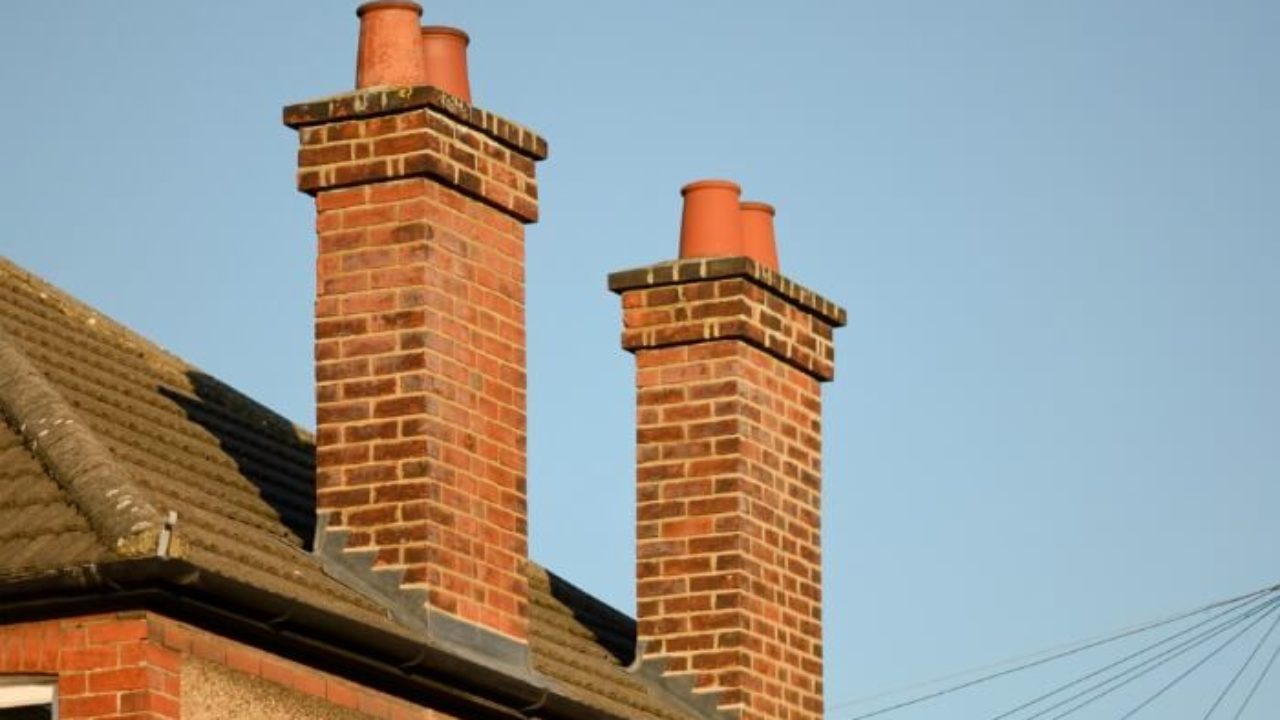
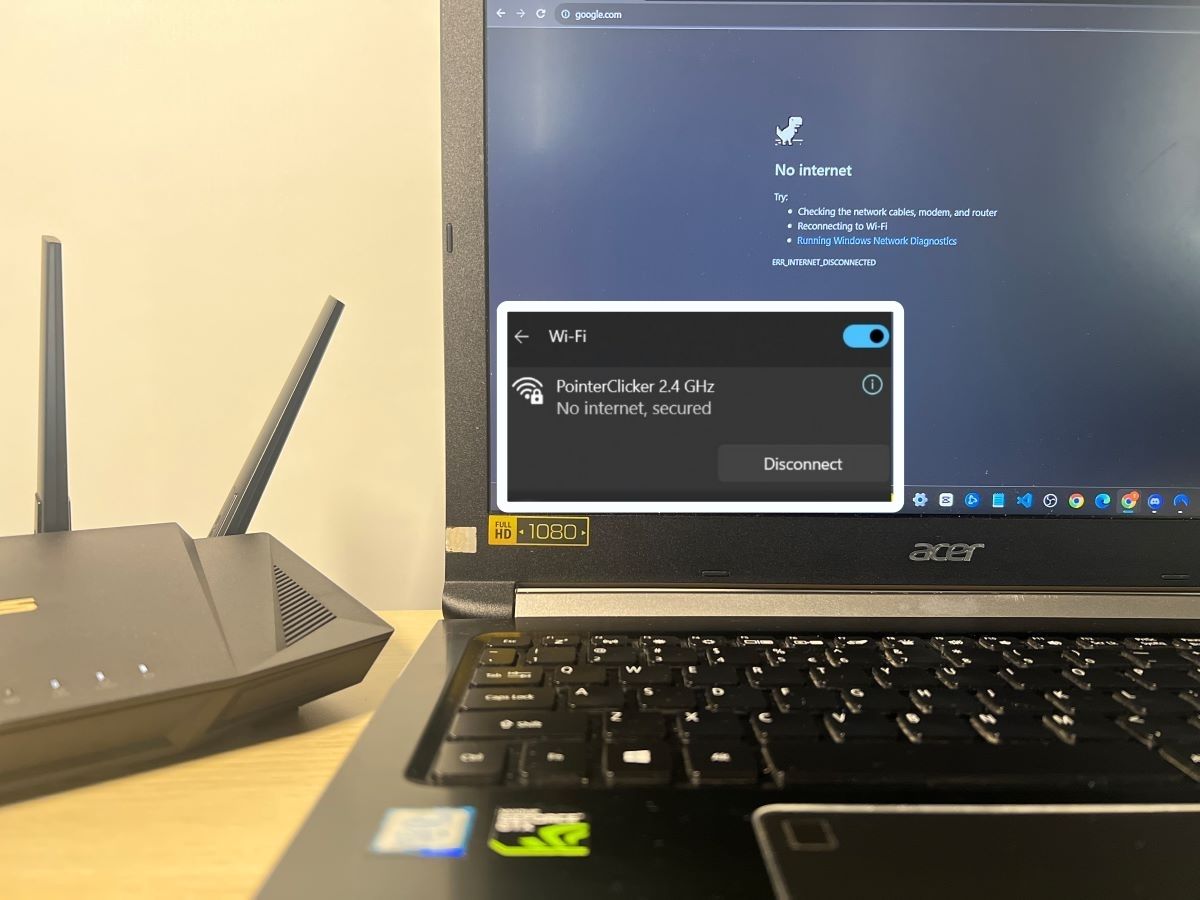
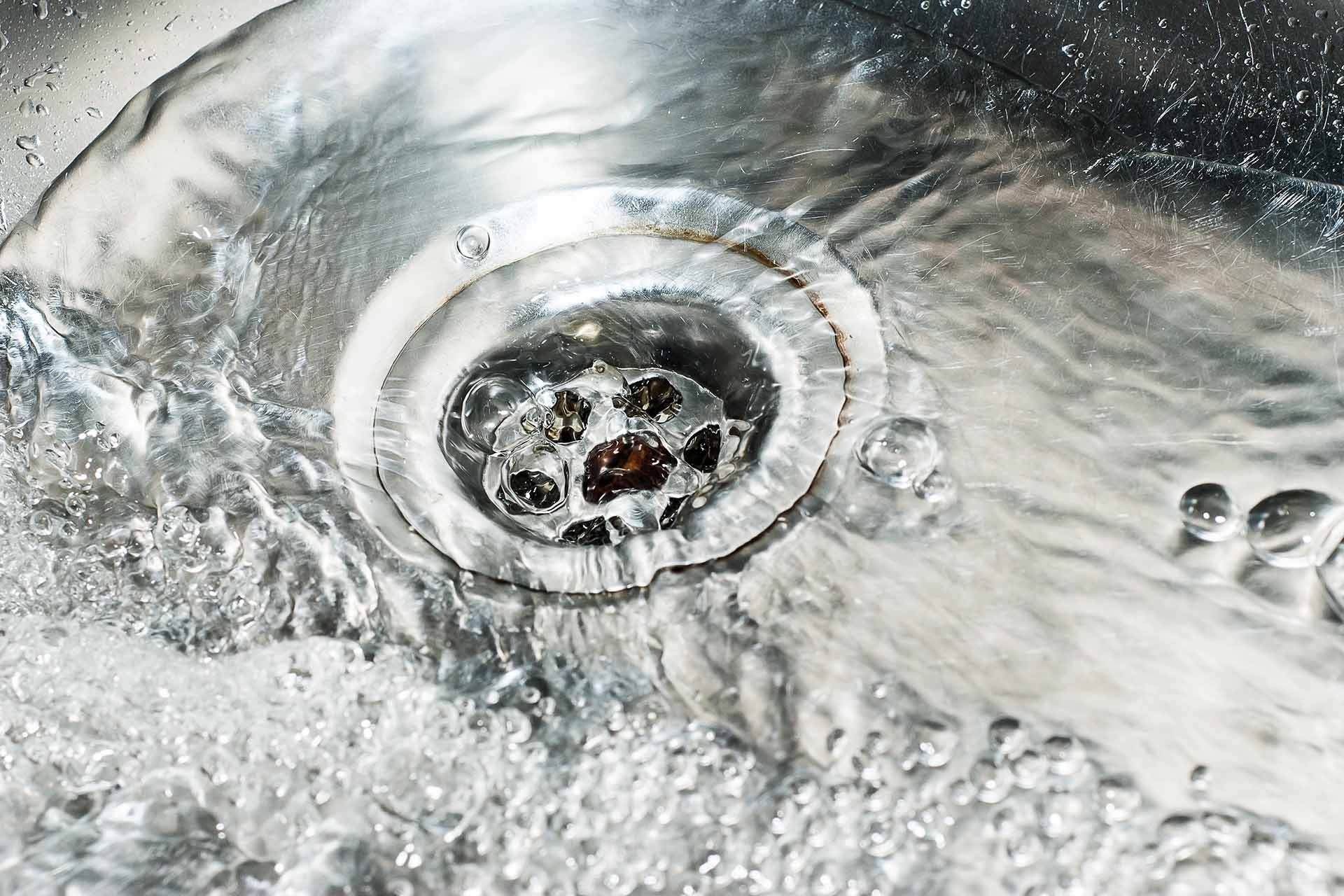
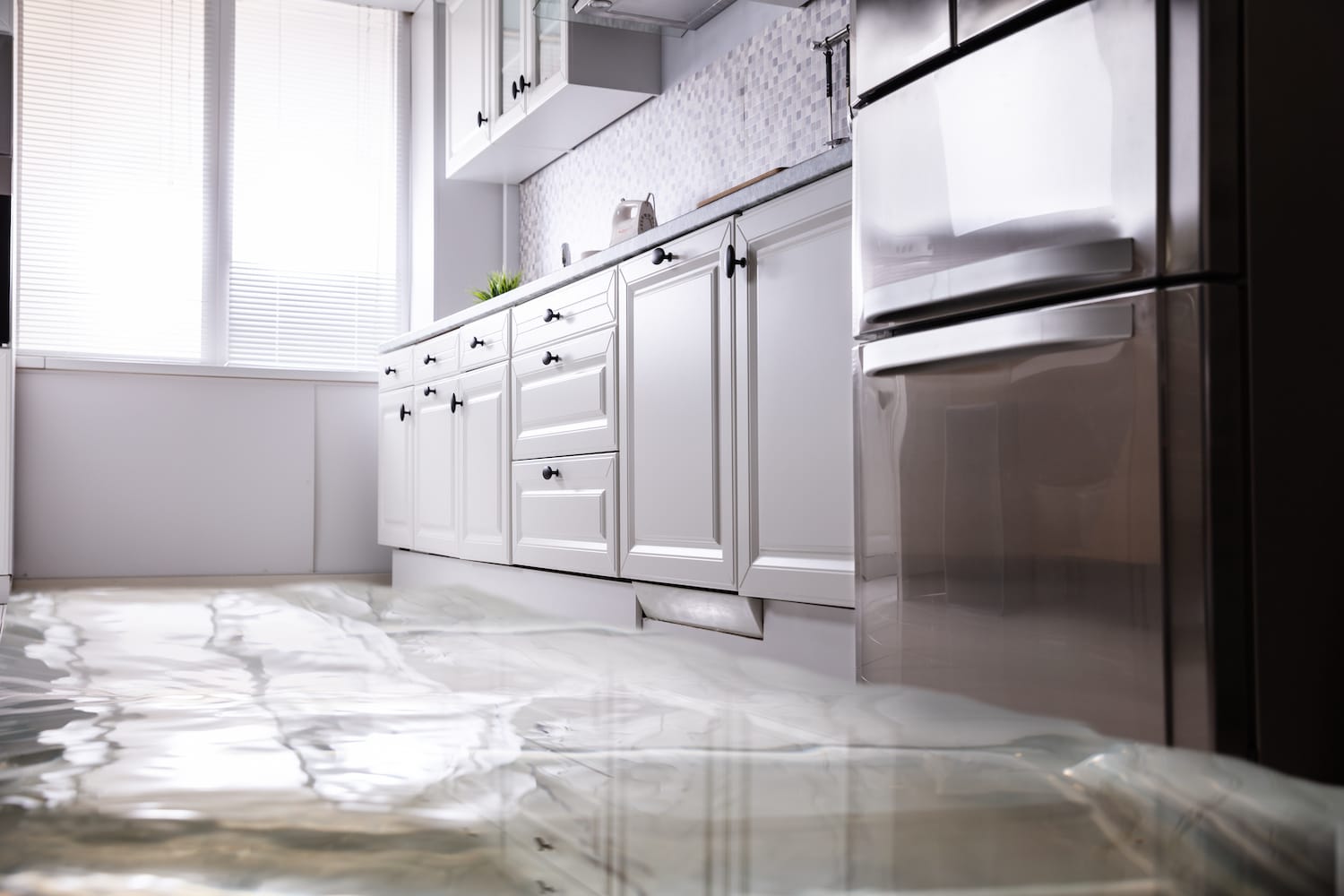
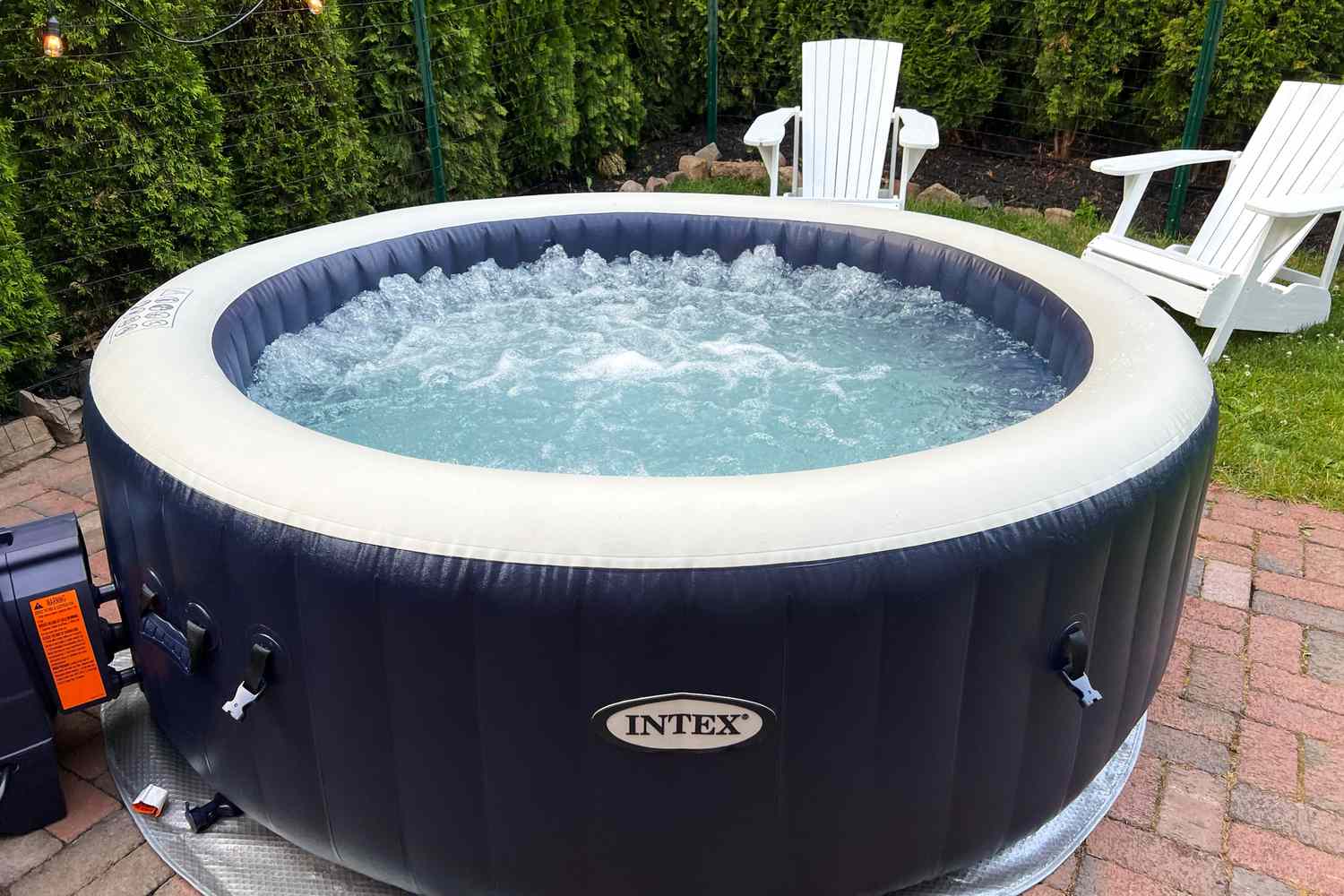
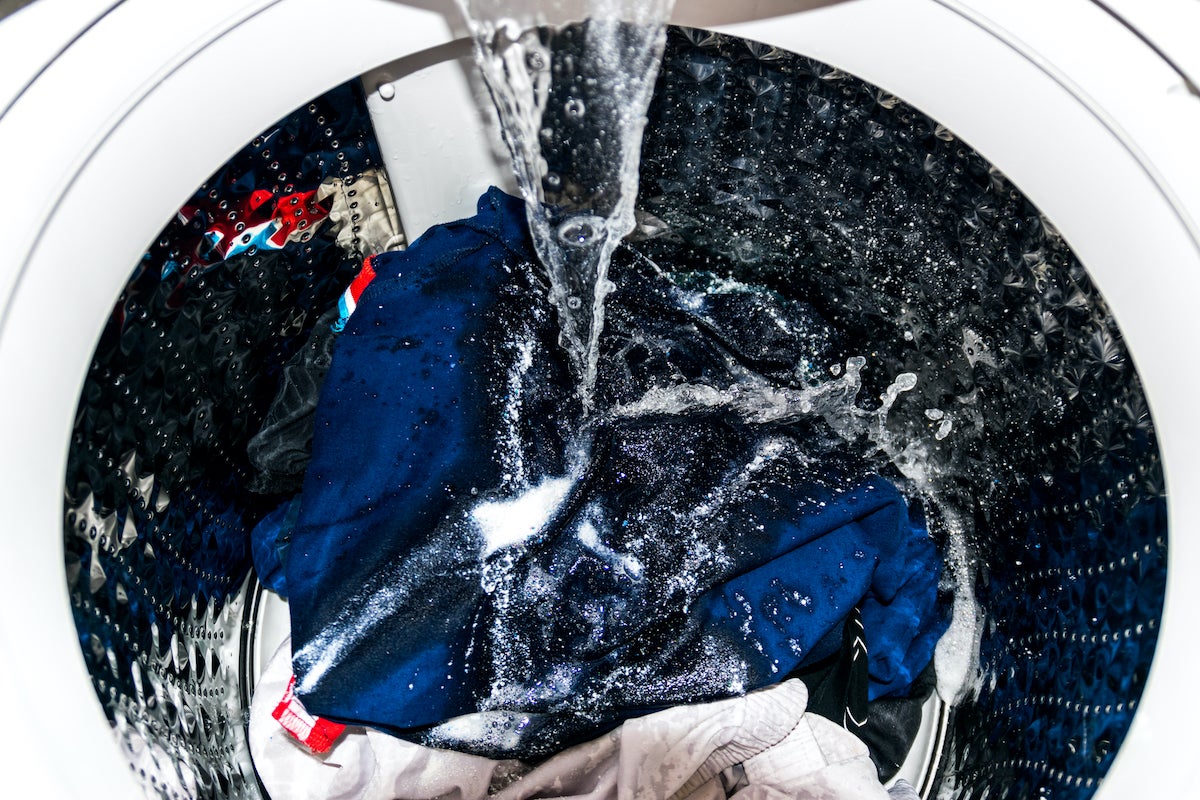
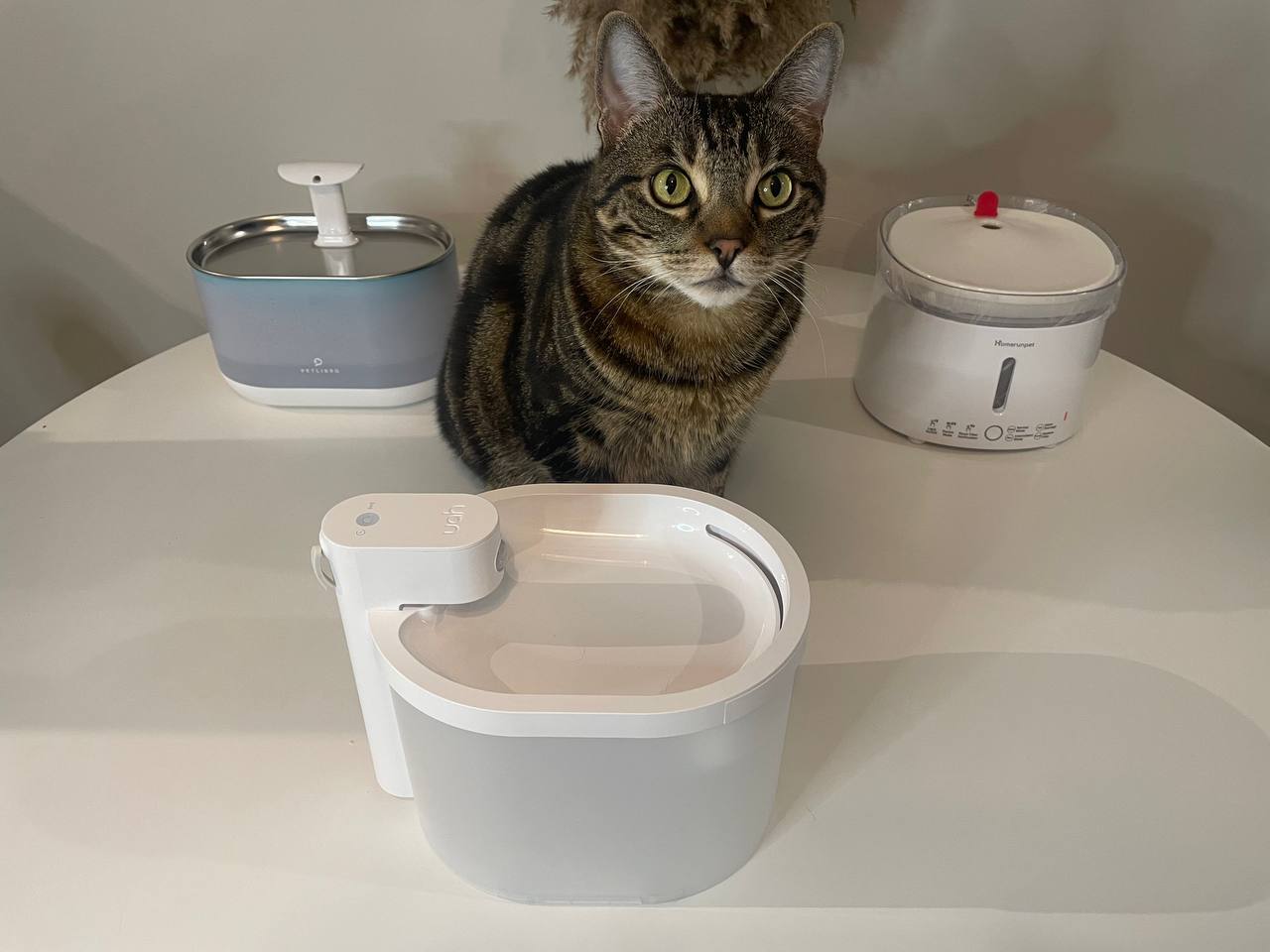
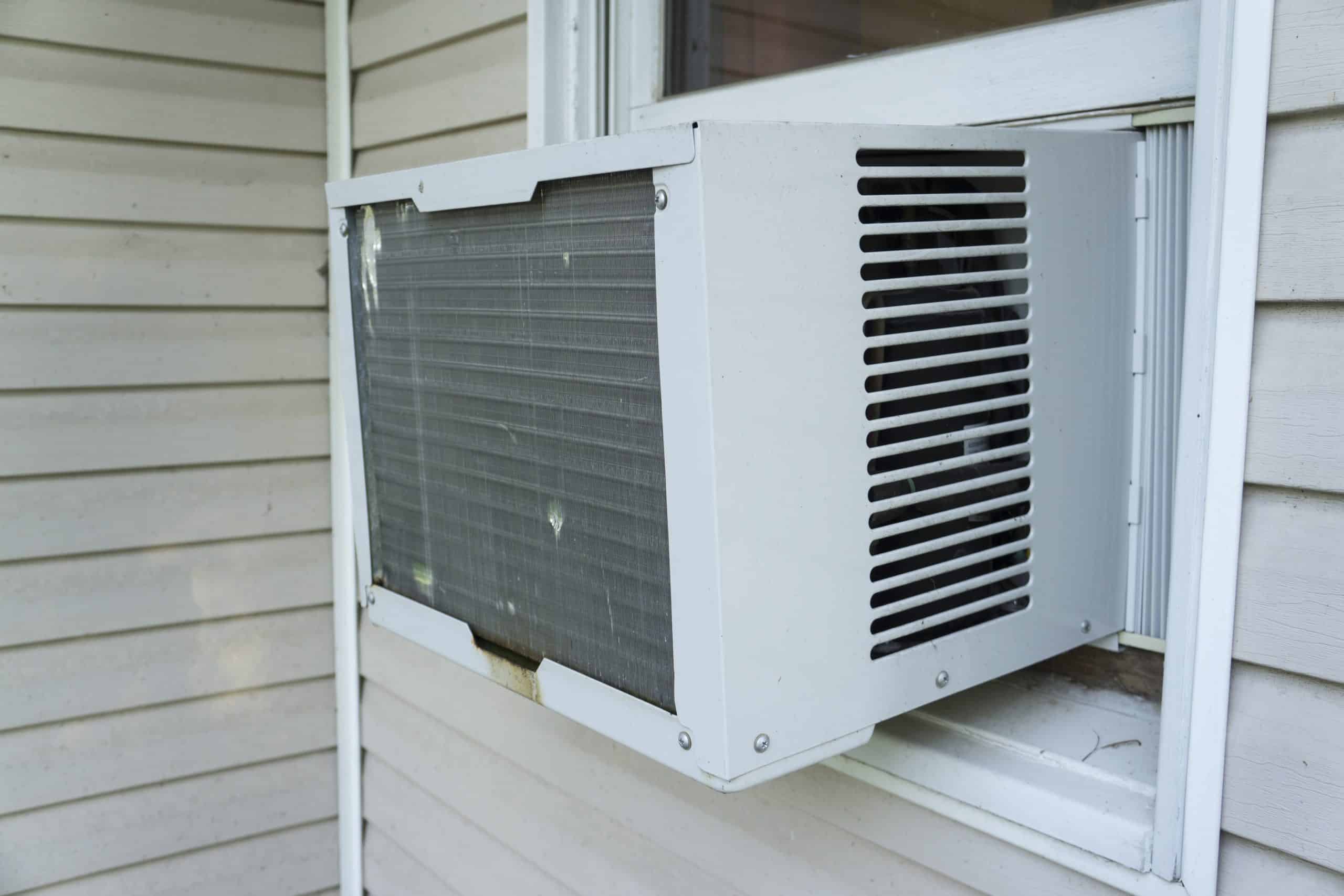

0 thoughts on “Why Does My Dryer Have Water In It”